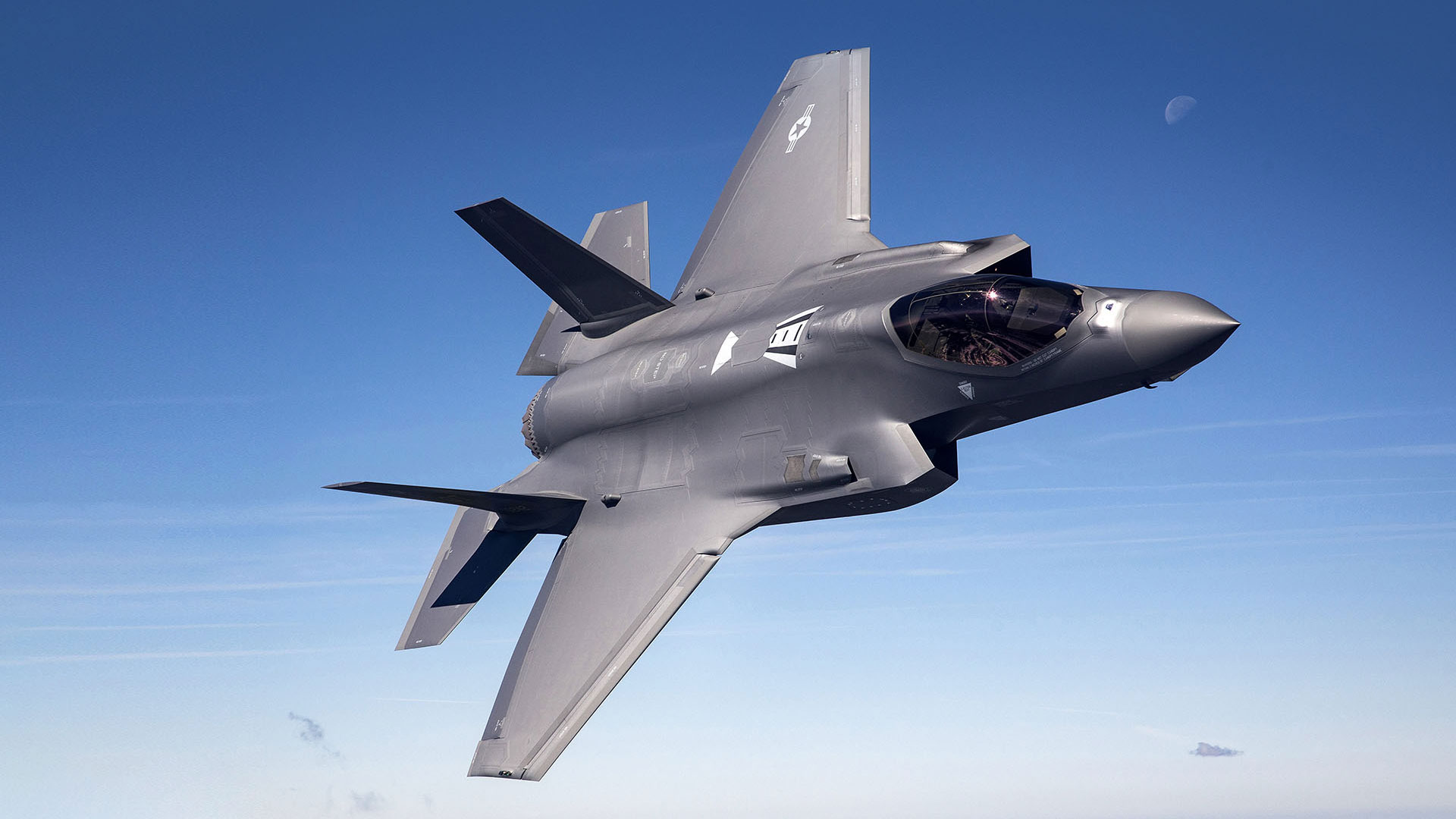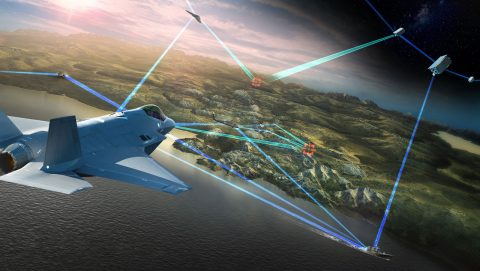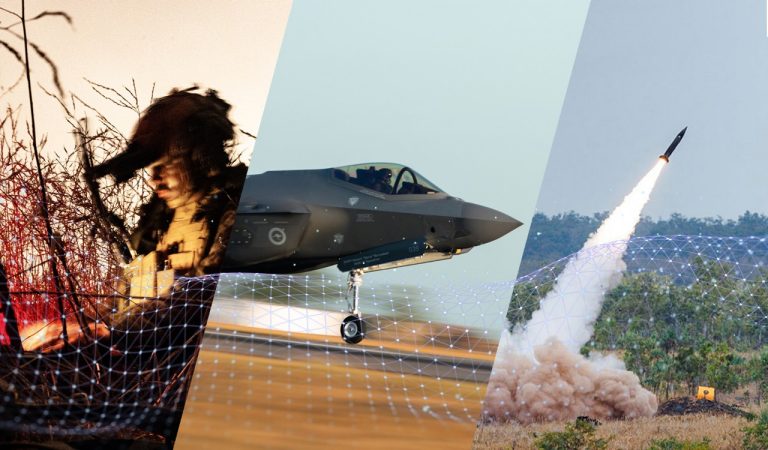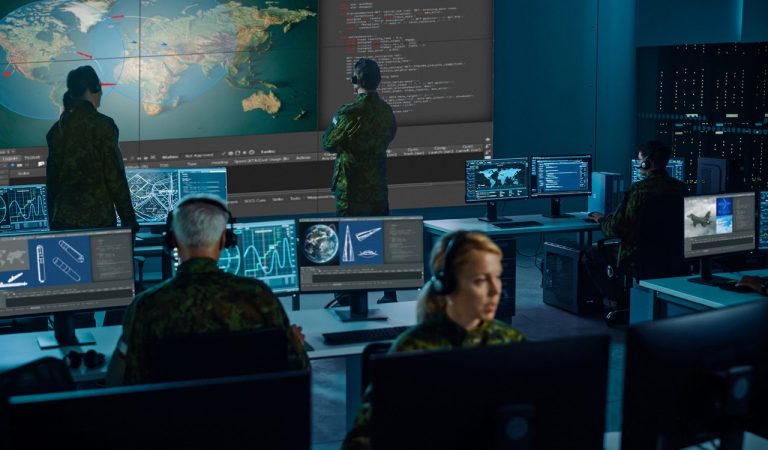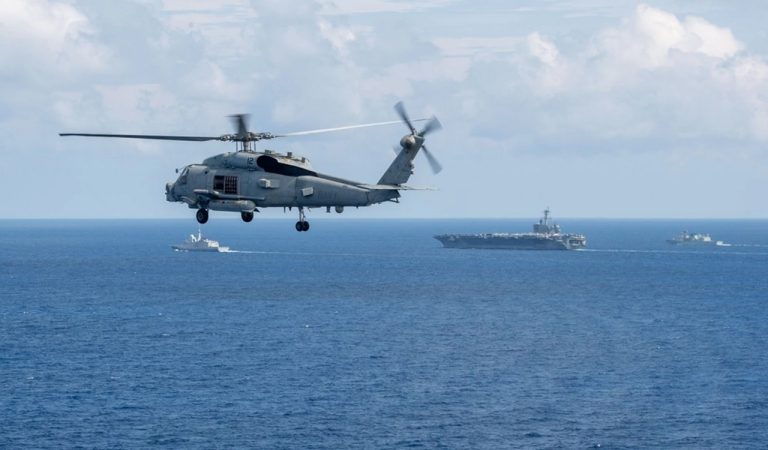Lockheed Martin Showcases Advanced Command and Control Capabilities in Talisman Sabre 25
At the heart of Talisman Sabre, the Indo-Pacific’s largest and most complex military exercise with 30,000 personnel and 19 nations, Lockheed Martin put our multi-domain mission solutions to the test to showcase how we are helping drive military modernization efforts forward, enabling warfighters to respond to emerging threats with greater speed, resiliency, and effectiveness.
Multi-Domain Fires in Action
Lockheed Martin successfully demonstrated its expertise in command-and-control integration by unveiling a cutting-edge, Next-generation Fires Application that seamlessly integrates the Battalion Commander with Mid-Range Capability (MRC), High Mobility Artillery Rocket System (HIMARS) batteries, and other high-performing applications, enabling rapid and effective kill chains. This application enhances the U.S. Army’s capabilities during offensive fires operations, integrating more effective and efficient targeting to provide tools for engagement of evolving threats. By leveraging open Application Programming Interfaces (APIs) and a Modular and Open Systems Approach (MOSA), the U.S. Army can deploy its command and control (C2) capabilities with improved agility and flexibility. This approach enables the U.S. Army to move away from traditional hardware and infrastructure constraints, instead utilizing a more adaptive and scalable architecture that streamlines operations and enhances overall mission effectiveness.
“Lockheed Martin is committed to delivering advanced, battle-tested capabilities that enhance the effectiveness of modern military operations,” said Paul Lemmo, vice president and general manager at Lockheed Martin. “By leveraging virtualization and modern software-enabled technologies, the U.S. Army can reduce its mission command footprint and increase mobility, lethality and survivability”.
Small Form Factor Demos, Big Impact
With technology and capabilities scaled from Aegis, Lockheed Martin is pushing the boundaries by demonstrating its scalability, versatility, and flexibility in a series of small form factor Command and Control (C2) demos that are redefining the future of mission-critical capabilities.
In support of the Next-Generation Fires Application, Lockheed Martin rapidly scaled Aegis C2 capabilities into a smaller form factor that enabled delivery of capability that produced a significant impact. This demo showcased the system's ability to seamlessly integrate with Tactical Link 16, enabling situational awareness and coordination across artillery fires units, from battalion to battery level. The system also demonstrated its ability to coordinate with Army tactical systems, providing a unified view of the battlefield.
The system was also used to demonstrate modifications alongside the MRC which will enhance the army’s ability to digitally coordinate fires from the Strategic Fires Battalion to the MRC Battery. In this configuration the technology supported the Aegis Weapon System capability resident in the MRC Battery Operations Center which supports validation of interface upgrades, tactics, and performance concurrent with the MRC Live Fire demonstrated.
Lockheed Martin also demonstrated the configuration to support Active Defense capabilities supporting simultaneous Offense and Defense Integrated Fires utilizing simulated MK70 launchers in theater. This deployment validates that Lockheed Martin can deliver scalable applications that can be used to both defend against Air Threats and Perform Strike Packages with the Joint Forces concurrently.
These demonstrations showcase the scalability of this technology, and that it can handle the most complex and dynamic scenarios, providing unparalleled flexibility and capability to warfighters.

Photo Credit: U.S. Navy photo by Lance Cpl. Luke Rodriguez
C2 Industry Integration
Lockheed Martin is pushing boundaries of innovation with a groundbreaking partnership with HawkEye® 360, the global leader in signals intelligence and data analytics. Our dynamic collaboration enables our customers to seamlessly ingest, integrate, and correlate critical sensing data, revolutionizing the way threats are tracked and addressed. By combining our key software and hardware with HawkEye 360’s data, Lockheed Martin is transforming commercial RF data into surveillance tracks for use in warfighting systems. Machine-to-machine integration streamlines the sensor-to-Command and Control (C2) chain, and by extension, the platform itself. This achievement is a historic first – the successful integration of commercial RF data into systems that comprise combat systems and military datalinks, shattering previous limitations. This integration yields a significant increase in our customers’ ability to maintain custody of anticipated threats and realize unparalleled situational awareness by leveraging proven solutions. Lockheed Martin is at the forefront of this breakthrough that leads to a transformation that enhances military operations.
“In less than three months from conception to execution our collective team has achieved a major milestone of integrating commercial RF data into a combat system. Lockheed Martin’s partnership with Hawkeye360® has been a resounding success, and it’s a testament to the power of collaboration and innovation. With this breakthrough, we’re not only enhancing situational awareness but redefining what’s possible in C6ISR for the Warfighter,” said Erika Marshall, VP C4ISR
Through our ongoing efforts to deliver next-generation integration solutions, we are building on this commitment and helping to drive military modernization efforts forward, enabling warfighters to respond to emerging threats with greater precision, speed, and effectiveness.
Talisman Sabre was a test of how well allied forces can think, connect, and act together at speed. Just like a talisman is said to bring clarity and protection, command and control is the charm that grants visibility, coherence and decision dominance across chaos. Without it, mass becomes mess. With our Lockheed Martin command and control solutions, multinational forces move like one.
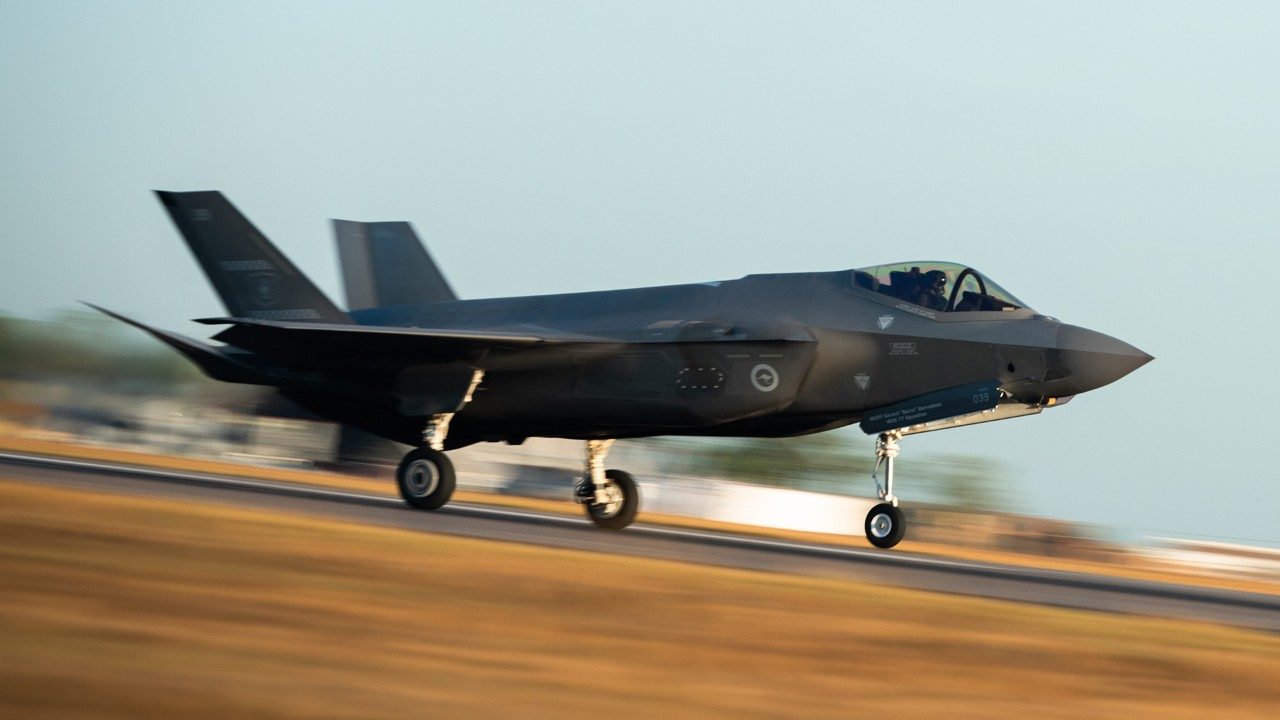
Photo Credit: U.S. Air Force photo by Staff Sgt. Alex Lowe, Air Mobility Command
F-35: Connecting Allies Across the Pacific
During the exercise, U.S. Air Force pilots flew Australian F-35As over Australia's Northern Territory, marking the first time American air force pilots have piloted 5th Generation aircraft belonging to a partnered or allied nation.
"Having the added flexibility to put any pilot in any F-35 and generate combat airpower anywhere in the world adds to the F-35 coalition’s lethality,” said Air Force Reserve Maj. Justin Lennon, one of the pilots, who also highlighted the power of F-35 interoperability.
“The only way anyone might know it’s not an Australian in the [Royal Australian Air Force] F-35 is the accent on the radio."
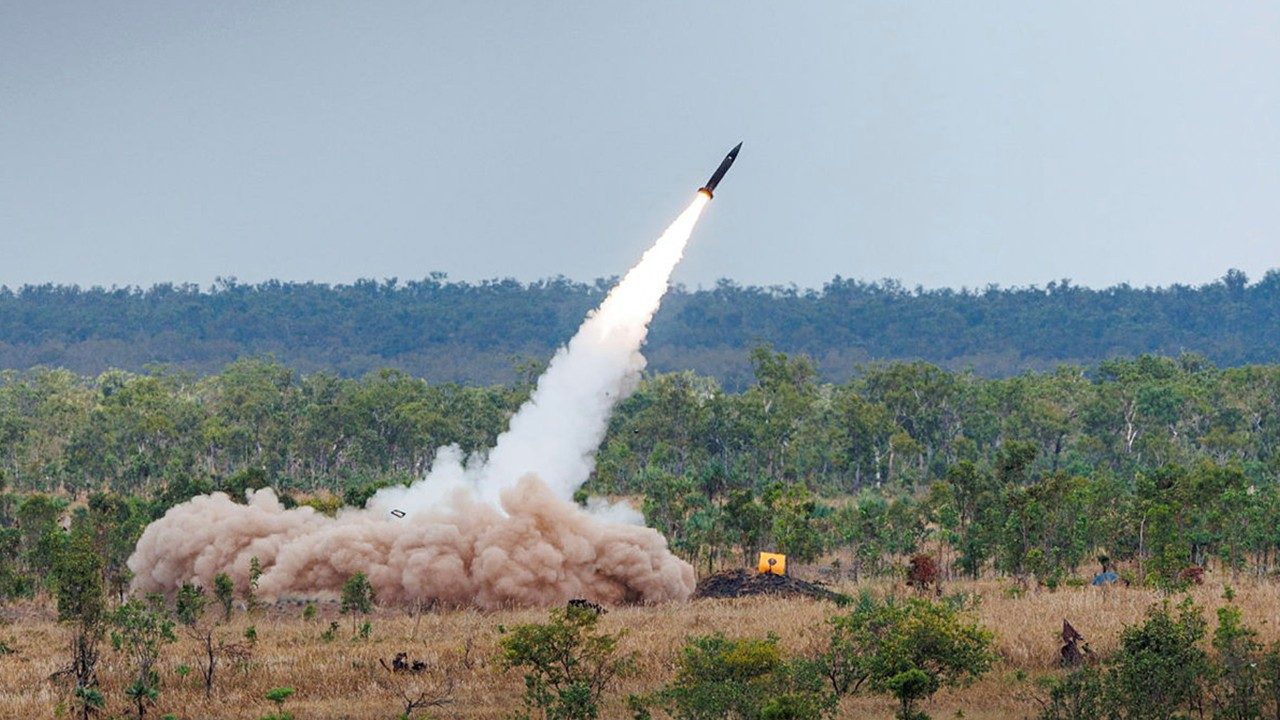
Photo Credit: Australian Ministry of Defence photo by CPL Cameron Pegg
HIMARS
The HIMARS-PrSM live-fire exercise was conducted as part of a broader theatre-level scenario that tested joint operations across land, air, sea, cyber and space domains. The live-fire event showcased the cutting edge of surface-to-surface strike capabilities with an Australian HIMARS launcher firing a PrSM Increment 1 missile. A pre-designated target was engaged hundreds of kilometres downrange, demonstrating pinpoint accuracy and rapid target neutralisation.
The HIMARS capability, being acquired by the Australian Army under the LAND8113 program, represents a generational shift in strike capability. The first launchers have been delivered early and on-budget with further deliveries expected in the coming months. The live-fire demonstration at Talisman Sabre 2025 was more than a technical milestone; it was a strategic signal. It underscored Australia’s increasing investment in strike capabilities and its commitment to joint force integration with the United States. It also provided a tangible demonstration of deterrent capability—precise, survivable and ready to be employed today.


